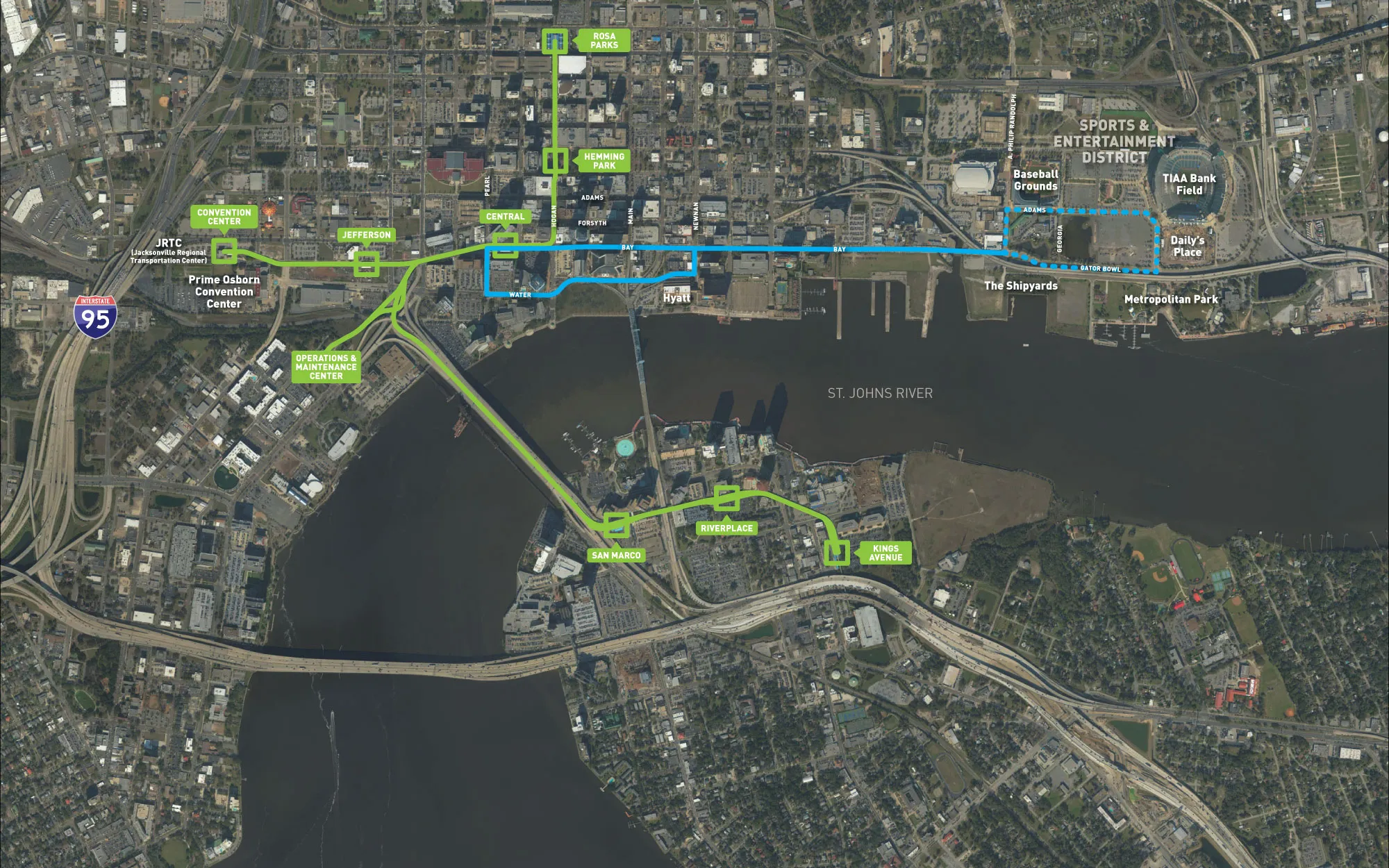The Ohio Turnpike and Infrastructure Commission (OTIC) has approved the US$930 million funding needed for ten projects in northern Ohio, each within twenty miles of the turnpike. The 241 mile-long, limited-access toll highway serves as a primary corridor to Chicago and Pittsburgh.
September 17, 2013
Read time: 2 mins
The Ohio Turnpike and Infrastructure Commission (OTIC) has approved the US$930 million funding needed for ten projects in northern Ohio, each within twenty miles of the turnpike.
The 241 mile-long, limited-access toll highway serves as a primary corridor to Chicago and Pittsburgh.
The projects were among ten that received funding in the turnpike’s first venture into financing projects using funds from toll charges. Of the projects receiving funding, US$340 million was allocated towards construction of the eastbound bridge on the inner belt. The westbound bridge is under construction and expected to open to traffic this fall. It will carry traffic in both directions until the second bridge is completed in the fall of 2016. US$39 million was allotted to the Opportunity Corridor to help pay for the first leg of a US$334 million project to widen a one-mile stretch of East 105th Street from Chester Avenue to Quincy Avenue.
The corridor and bridge projects were among 12 for which the Ohio Department of Transportation sought funding. The commission rejected two as not meeting the basic criteria for securing turnpike money, which include the distance between the projects and the turnpike and the project’s impact on turnpike traffic density and toll revenue.
“This is a true partnership between our agencies. No trips start or end on the Turnpike, so our financial support of these projects is a benefit to the entire transportation system and Turnpike customers as well,” stated Rick Hodges, OTIC Executive Director.
The 241 mile-long, limited-access toll highway serves as a primary corridor to Chicago and Pittsburgh.
The projects were among ten that received funding in the turnpike’s first venture into financing projects using funds from toll charges. Of the projects receiving funding, US$340 million was allocated towards construction of the eastbound bridge on the inner belt. The westbound bridge is under construction and expected to open to traffic this fall. It will carry traffic in both directions until the second bridge is completed in the fall of 2016. US$39 million was allotted to the Opportunity Corridor to help pay for the first leg of a US$334 million project to widen a one-mile stretch of East 105th Street from Chester Avenue to Quincy Avenue.
The corridor and bridge projects were among 12 for which the Ohio Department of Transportation sought funding. The commission rejected two as not meeting the basic criteria for securing turnpike money, which include the distance between the projects and the turnpike and the project’s impact on turnpike traffic density and toll revenue.
“This is a true partnership between our agencies. No trips start or end on the Turnpike, so our financial support of these projects is a benefit to the entire transportation system and Turnpike customers as well,” stated Rick Hodges, OTIC Executive Director.









